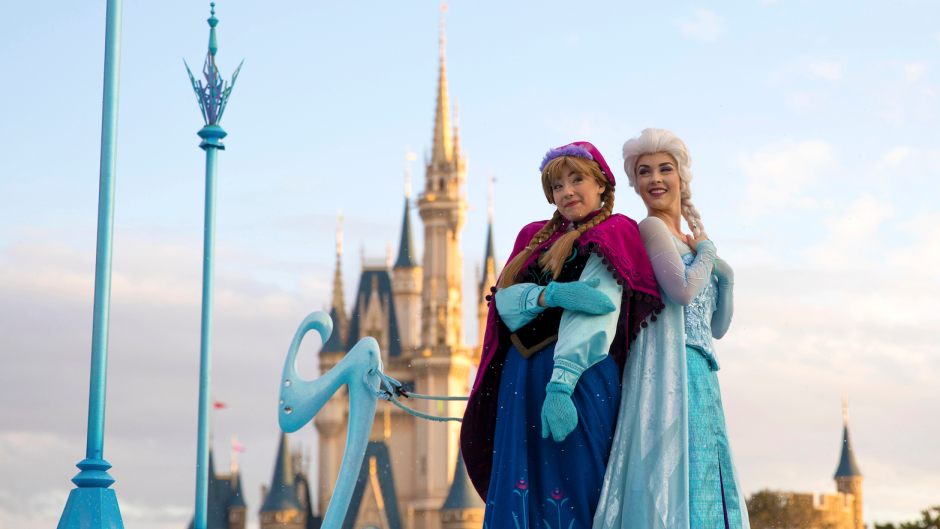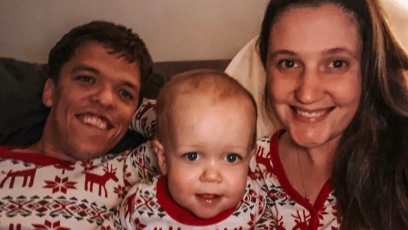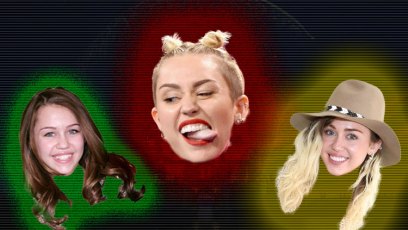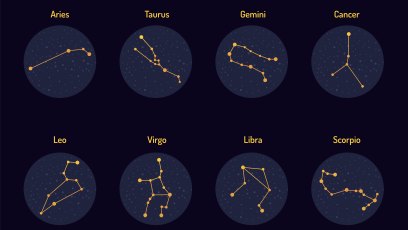
No Frowning Allowed? Disney Park Workers Have To Follow Some Seriously Strict Rules
Queen Elsa may not have rules, but Disneyland workers have a book full of them. And some of them may surprise you! While there are currently no official rules against whistling while you work, that’s just about the only subject that isn’t addressed.
In 1967 — the year after Walt’s passing — new company president Roy Disney, Walt’s brother, wanted to ensure the same high standards as when Walt “constantly roamed the park checking every detail,” as he put it. To do so, he revamped the employee handbook, adding a collection of Walt-isms and a reassuring handwritten note from Mickey Mouse himself.
“Our boss, Roy Disney, has asked me… to help explain our unique way of creating happiness for others,” Mickey wrote. “It’s important that at Disneyland we all work from the same script.”

The handbook likened Disneyland to a big theater, calling it “a 70-acre stage with the Southern California sky as a backdrop.”
According to the book, the “outer lobby” of the theater is the 200-acre Disneyland Hotel complex and parking lot. The “inner lobby” is the main gate and the entrance to the “stage” — Main Street, USA, and beyond. Disneyland customers are considered “guests,” and all guests are thought of as the “audience.” There are no uniforms — only “costumes.” And no employee, including the custodial staff, has a job: Each has a “role.”
“If you don’t like people, you’re in the wrong business,” the rule book warns.
RULES OF THE MOUSE
Disneyland employees were — and still are — encouraged to “be yourself.” What that means, of course, is to be your natural self. Outrageous hairstyles, tattoos and excessive accessories such as piercings and jewelry are not allowed. Glasses cannot “detract from the costume,” and sunglasses “block interpersonal communication with guests and should be avoided.”
Simply put, employees can’t “detract” from guest enjoyment. The long list of additional no-nos also includes “chewing gum, having poor posture, using a cell phone… or frowning.”
In recent years, employees were renamed “cast members,” and the handbook strongly suggests they “develop a sense of humor.”
“He who laughs… lasts,” the manual instructs.
A career at Disneyland also requires impeccable hygiene. For decades, facial hair was prohibited. Now men may sport a well-maintained mustache or beard. Fingernails must be clipped; nail polish must be a neutral shade; and deodorant is required “due to close contact with guests and other cast members.”

Cast member name tags are mandatory, and everyone uses first names — a tradition that comes directly from Walt. There’s only one ‘mister’ in Disneyland,” Walt said, “and that’s Mr. Toad.”
When two employees have the same first name, one person picks out a new work name. Within the park, cast members use two fingers to point — Disneyland is a global destination, and in some cultures, using a single finger is offensive.
But there’s another reason: Walt Disney was a chain smoker, which dated back to his time as an ambulance driver in France during World War I. The bad habit was airbrushed and photoshopped from old pictures of the boss… leaving him “pointing’ with two fingers.
Additionally, it’s forbidden for cast members to tell a guest, “I don’t know.” Disneyland employees must always solve a problem. Sometimes those problems come in the form of accidents, in which case cast members use code letters. “Code V” refers to vomit; “Code P” denotes a urinary mishap; and “Code H” means a Disney horse soiled Main Street.
All cast members — including executives — pick up trash at Disneyland, and do it using a “swoop and scoop” technique. Crouching attracts attention, so instead they effortlessly lean down to grab rubbish or litter.

Costumed cast members have a particular responsibility and are expected to “become” their character. For example, Belle can’t discuss Harry Potter books because, technically, she’s still in the 1700s. They also practice that character’s unique, stylized signature. Minnie Mouse, for instance, dots the letter “i” in her name with a heart.
A TALL ORDER
Behind the scenes, Disney characters have size restrictions. Princesses must be at least 5-foot-3 and no taller than 5-foot-8. Imposing female villains, like Maleficent, are between 5-foot-8 and 6 feet. Fairies and younger characters — such as Alice or Peter Pan’s Wendy — are usually around 5-foot-2.
Cast members are forbidden to disclose job details on social media. The current handbook considers backstage photos, discussing character assignments and posting “tweets about a new theme park ride” off limits. Cell phones and devices can supposedly be remotely wiped — erased — by Disney management if they believe the company has been compromised, so employees are urged to routinely back up personal data.
Intimate work relationships are likewise “strongly discouraged.” There is, though, a bit of hypocrisy in that: Lillian was a Disney secretary when she met her future husband, Walt.
“He always said I was so bad he had to marry me,” she confessed.

Costumes are strictly for work use. Outfits are checked out from the automated wardrobe department and returned for laundering after the shift. There are more than one million articles of clothing in the Disneyland collection!
Dance routines and stunts are rehearsed in Disney studios, but parade attractions must be drilled on location in the park. To do so, performers are required to pull potentially all-night practices while the park is closed.
“I’m not the perfectionist any more, it’s my staff,” Walt once said. “They are always insisting on doing something better and better.”
Have a tip? Send it to us! Email In Touch at contact@intouchweekly.com.








































